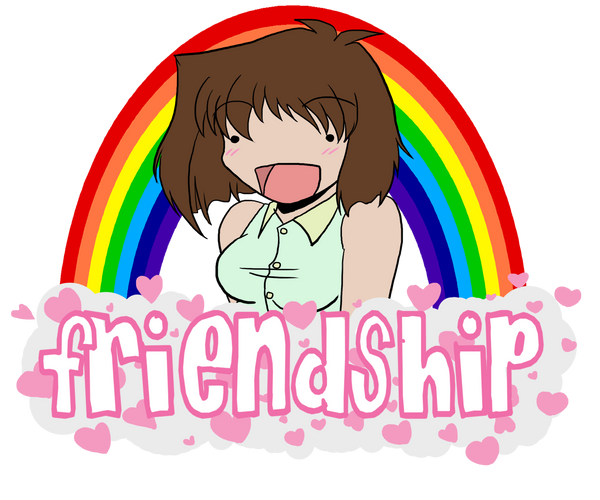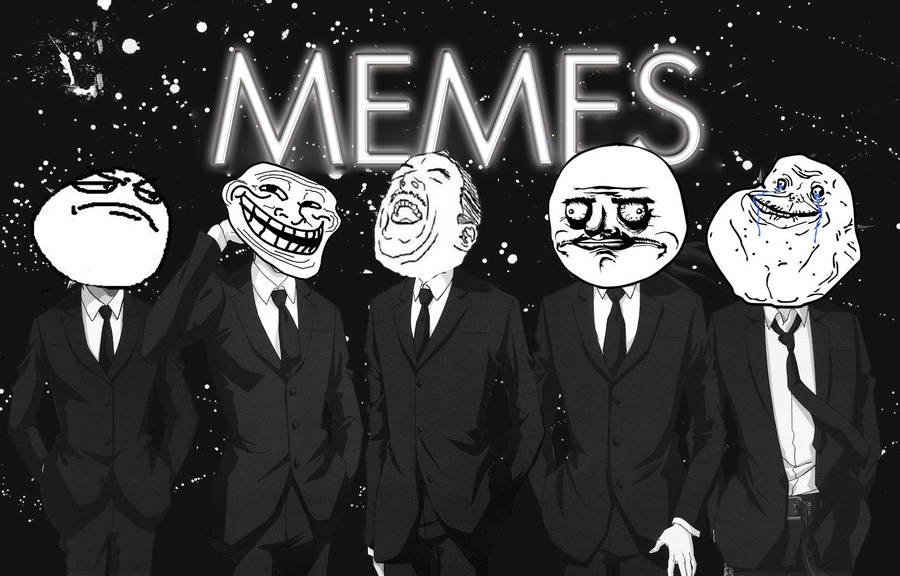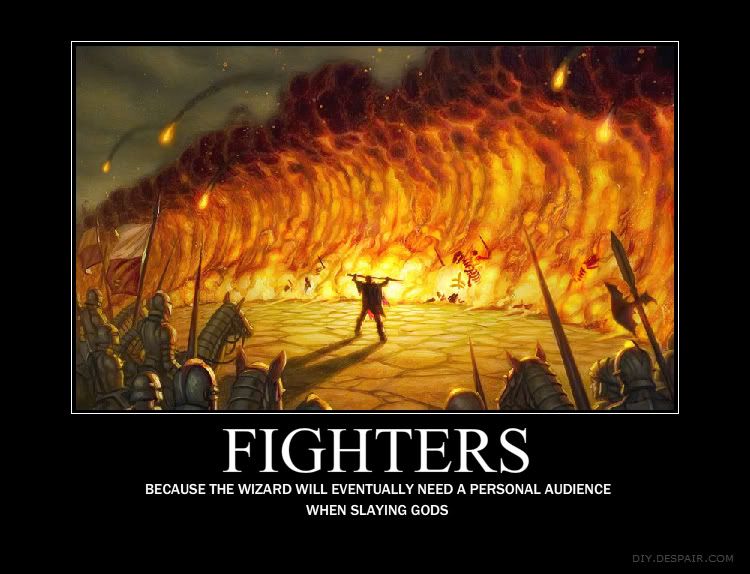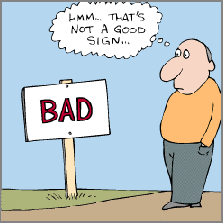Angry Sober Review: 5e PHB
Posted: Sat Aug 15, 2015 11:40 pm
Well, here it is, and I'm surprised no one on these boards has actually taken the time to pick up and review the 5e PHB. We've had the Monster Manual reviewed, but not the actual PHB itself. I saw the PHB in a B&N a few months back and purchased it out of curiosity. Then I looked through it.
It is not good.
Preface and Introduction.
The book opens with a preface from Mike Mearls. It can be summed up in three sentences: D&D is great. You don't need to know the rules. Friendship!

Next we have an introduction. We get an example of play which is magic tea party plus an intelligence check and haggling with the GM over a skill bonus. We get the usual how to play, a description of dice terminology, an explanation of DCs, etc.
A few things stand out as new: The advantage/disadvantage system, where if you're making a d20 roll you roll two dice and take the greater or lesser number respectively, and the calling out that the ability scores are the basis of all d20 rolls and that most rolls are going to be made with raw ability. Now the book hasn't mentioned this yet, but PC ability scores are arbitrarily capped at 20. You start anywhere from a 15-18 max depending on starting stats, and the 3.5 modifiers still apply. So most of your rolls scale from a +2 to a +5, with maybe a proficiency bonus of a +2 to a +6, and that's it. That's the entire numeric advancement. You don't really have far to go in this game.
Mearls also reiterates his three pillars of adventuring. Of note is that the combat section promises "plenty of opportunity for wacky stunts like surfing down a flight of stairs on a shield". Keep this in mind for later.
The section ends with a short paragraph describing the wonders of magic - namely that magic users are Better Than You and that villains can use magic. Villainous magic includes awakening a god who sleeps beneath the sea, kidnapping youths to drain their life force, making an army of robots, and creating a ritual to rise as a god of destruction. Naturally, rules for none of that are in this book.

And thus we come to
Part 1: Character Creation.
After an injunction to pick your favorite character type from the standard d&d cliches, we get to our example character who will be showing us through the process: A dwarf named Bruenor. Yup, that's right kids, Drizz't and friends are the new 5e iconics despite not really being popular outside of D&D circles. We get the standard "pick your race and class" spiel, and then we get to ability scores. And this is where the stupid begins.
You see, the game gives you the elite array, a point buy where no score can go higher than 15... or 4d6 drop lowest 6 times. Now, looking at the math we see that you're actually better off rolling because you're pretty likely to get a 16, which starts you 4 away from 20 before racial modifiers. You also have a shot of snagging an 18, which isn't that high but still puts you decently ahead of the 15 they expect you to go with. I ... can't actually come up with a good reason to make this decision. I suppose someone at Wizards (probably Mearls) got offended by the horrible min/maxers maxing out the stats that were useful to their class, but this just leads to stupid munchkin bullshit where people show up with stats they rolled "at home", everyone rolls for hours trying to get a good ability score, or crappy characters with bad rolls get thrown to the closet trolls. But on the plus side it feels like D&D and that's a success, right?

The rest is the standard "here is how HP and AC work when making a new character", and then we conclude with "Tiers of Play". We have levels 1-4 as apprentice tier. where they make the big class decisions like school specialization or fighting style. We have levels 5-10, which is where spellcasters get fireball and lightning bolt which makes them bad boys or something. Also weapon users get multiple attacks. At levels 11-16 characters can get 6th-level spells that allow for impossible effects, or make more attacks. At 17th-20th level, these characters become the pinnacle of their classes and confront multiverse ending threats.
I want you to keep the above in mind when we discuss the actual abilities and a certain mechanic that's an elephant in the room.
Next time: races!
It is not good.
Preface and Introduction.
The book opens with a preface from Mike Mearls. It can be summed up in three sentences: D&D is great. You don't need to know the rules. Friendship!

Next we have an introduction. We get an example of play which is magic tea party plus an intelligence check and haggling with the GM over a skill bonus. We get the usual how to play, a description of dice terminology, an explanation of DCs, etc.
A few things stand out as new: The advantage/disadvantage system, where if you're making a d20 roll you roll two dice and take the greater or lesser number respectively, and the calling out that the ability scores are the basis of all d20 rolls and that most rolls are going to be made with raw ability. Now the book hasn't mentioned this yet, but PC ability scores are arbitrarily capped at 20. You start anywhere from a 15-18 max depending on starting stats, and the 3.5 modifiers still apply. So most of your rolls scale from a +2 to a +5, with maybe a proficiency bonus of a +2 to a +6, and that's it. That's the entire numeric advancement. You don't really have far to go in this game.
Mearls also reiterates his three pillars of adventuring. Of note is that the combat section promises "plenty of opportunity for wacky stunts like surfing down a flight of stairs on a shield". Keep this in mind for later.
The section ends with a short paragraph describing the wonders of magic - namely that magic users are Better Than You and that villains can use magic. Villainous magic includes awakening a god who sleeps beneath the sea, kidnapping youths to drain their life force, making an army of robots, and creating a ritual to rise as a god of destruction. Naturally, rules for none of that are in this book.

And thus we come to
Part 1: Character Creation.
After an injunction to pick your favorite character type from the standard d&d cliches, we get to our example character who will be showing us through the process: A dwarf named Bruenor. Yup, that's right kids, Drizz't and friends are the new 5e iconics despite not really being popular outside of D&D circles. We get the standard "pick your race and class" spiel, and then we get to ability scores. And this is where the stupid begins.
You see, the game gives you the elite array, a point buy where no score can go higher than 15... or 4d6 drop lowest 6 times. Now, looking at the math we see that you're actually better off rolling because you're pretty likely to get a 16, which starts you 4 away from 20 before racial modifiers. You also have a shot of snagging an 18, which isn't that high but still puts you decently ahead of the 15 they expect you to go with. I ... can't actually come up with a good reason to make this decision. I suppose someone at Wizards (probably Mearls) got offended by the horrible min/maxers maxing out the stats that were useful to their class, but this just leads to stupid munchkin bullshit where people show up with stats they rolled "at home", everyone rolls for hours trying to get a good ability score, or crappy characters with bad rolls get thrown to the closet trolls. But on the plus side it feels like D&D and that's a success, right?

The rest is the standard "here is how HP and AC work when making a new character", and then we conclude with "Tiers of Play". We have levels 1-4 as apprentice tier. where they make the big class decisions like school specialization or fighting style. We have levels 5-10, which is where spellcasters get fireball and lightning bolt which makes them bad boys or something. Also weapon users get multiple attacks. At levels 11-16 characters can get 6th-level spells that allow for impossible effects, or make more attacks. At 17th-20th level, these characters become the pinnacle of their classes and confront multiverse ending threats.
I want you to keep the above in mind when we discuss the actual abilities and a certain mechanic that's an elephant in the room.
Next time: races!





